How Do Road Hazards Cause Bike Accidents?
Bicycles have served as a staple of American transportation and recreation for over a century. Cycling is great exercise, is better for the environment than taking a vehicle, and can reduce transportation costs. It’s no wonder many Americans, especially in warmer states like Florida and California, own a bike and ride it regularly. However, bike riding can also be very dangerous. Road hazards can cause bicycle accidents and make riders incur serious injuries. Reach out to a bicycle accident attorney to begin your legal claim process.
Table of Contents
National Bicycle Accident Statistics
Nearly 1,000 bicyclists lose their lives, and more than 130,000 suffer injuries in crashes on American roads yearly. The price tag for these crash-related bicycle injuries and deaths usually exceeds $23 billion in the U.S. annually.
This price tag includes:
- Health care
- Lost work productivity
- Estimated costs for lost quality of life
- Estimated costs for lives lost
Risk factors for bicycle accidents include:
- Riding in urban areas
- Riding on roads with higher speed limits
- Riding in or around intersections
- Drunk driving
In one recent year, 1,260 bicyclists lost their lives on U.S. roadways. Of those, 806 succumbed to injuries in motor-vehicle traffic crashes and the remaining 454 in other non-traffic incidents, as tracked by the National Center for Health Statistics mortality data. Preventable nonfatal injuries increased five percent from the prior year. Males accounted for 89 percent of all bicycle fatalities, equating to over eight times the female fatality rate.
Preventable fatalities from bicycle transportation incidents increased 16 percent last year and 44 percent in the last decade. Ironically, preventable nonfatal injuries decreased by 39 percent during the same period, from 536,412 to 325,173 last year.
As to be expected, bicycle-related fatalities peak during the warmer months, starting in May, and remain high through October across the nation. August had the most fatalities (157), and February saw the fewest (53).
According to the National Highway Traffic Safety Administration (NHTSA), Although bicycle trips make up only about one percent of the trips taken in the U.S., bicyclist deaths account for two percent of all motor vehicle traffic fatalities. In addition, the Consumer Product Safety Commission (CPSC) reported 425,910 emergency department-treated injuries associated with bicycles and bicycle accessories in a recent year. This estimate includes both preventable and intentional injuries.
What Causes Bicycle Accidents?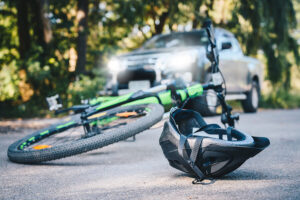
Common causes of bicycle accidents include:
- Speeding
- Distracted driving
- Failure to provide enough buffer
- Moving around traffic areas
- Careless lane changes
- Changing direction without checking
- Passing a stop sign or a red light
- Failure to yield
- Driving under the influence of drugs or alcohol
- Dooring accidents
- Driver fatigue or drowsiness
- Driver inexperience
- Aggressive driving collisions
- Rear-end collisions
- Blind spots
While collisions with motorists are one of the most common causes of bicycle accidents, road hazards can also cause many accidents.
How Road Hazards Cause Bicycle Accidents
While cars, trucks, and other motor vehicles can cruise over potholes or a fissure in a roadway without much noticeable difficulty, the same isn’t true for those riding bicycles. Unfortunately, streets with defective design or improper maintenance are often dangerous to unassuming cyclists. Most cyclists know this. The National Highway and Traffic Safety Administration (NHTSA) reportsthat 43 percent of cyclists believed their safety was at risk during their most recent ride and blamed uneven road surfaces for their fears.
Similar to motorcycles, bicycles are particularly vulnerable to crashes resulting from road hazards. Bikes are relatively unstable and have thin tires. Any unforeseen, sudden changes in the riding surface can cause even the most careful, experienced cyclist to fall off their bike or lose control of it and intersect with the path of a vehicle.
Road hazards that commonly result in bicycle accidents include:
- Potholes
- Sewer grates
- Railroad and trolley tracks
- Gravel
- Sand
- Sticks
- Weeds and other natural debris
While bike accidents arising from gravel, sand, sticks, weeds, or other natural debris on the road aren’t typically anyone’s fault, if a bike accident arises from a pothole, sewer grate, or railroad and trolley tracks, liability likely lies with the state, county, city, or other government entity that is responsible maintaining the roadway.
Whether the injured party can prove liability and get the government to pay for their damages frequently depends on the type of road hazard and what, if anything, the government agency can do to avoid the presence of the hazard.
Potholes
Potholes are usually present on roads due to:
- Long-term wear and tear on the road, causing breaks in its surface
- Sloppy temporary attempts at fixing the road fixes that sink or crack shortly after they occur
Suppose the pothole arises from long-term wear and tear. In that case, the liability of the government entity comes down to how long it had been there and if they knew of its presence. They might not be liable if it was relatively new and no one brought it to their attention.
However, if it had been present for weeks or months or the entity had received several phone calls or emails about the presence and danger of the pothole, they may likely be liable because they failed to fix it promptly.
If sloppy repair work caused the pothole, the question becomes if the entity provided sufficient warning of the hazard. For example, an adequate warning can involve blocking off the repaired area so bicycles cannot be in the vicinity. It might involve placing warning signs or cones around the area so that anyone in the area will know about the present danger.
Sewer Grates
Sewer grates are another danger to even the most experienced bicyclists in every city and every state. Unfortunately, if sewer grate bars run in the same direction as traffic, bicycle tires can easily become stuck between them. However, thanks to outspoken bike riders, most cities and counties across America have redesigned the shape or direction of sewer grates or have partly covered them with crosshatch safety bars. Even still, far too many treacherous sewer grates are still found on U.S. roadways today.
How are government entities responsible for sewer-grate bicycle accidents?
- Bicyclists have a right to ride safe streets and to assume the roads are safe
- A same-direction-of-travel sewer grate is a severe unexpected hazard
- Easy and low-cost remedies exist to fix this problem
Suppose the government entity didn’t take action to eliminate the danger presented to bicyclists. In that case, they should be liable for the cyclist’s injuries and damages.
Rail or Trolley Tracks
Rarely or no longer used rail tracks are often unseen hazards for bicyclists. Bicycle wheels can easily become trapped between rail and road, causing the bicyclist to crash or veer into an oncoming vehicle. When these tracks run on the roadway in the direction of traffic, they are dangerous, especially when they cross the road curved or angled.
Usually, the government entity’s liability for a bike accident caused by rail tracks depends on two factors:
- Rail or track position—tracks running in the same direction as traffic or crossing on a curve or angle are bicycle hazards. Tracks perpendicular to the road aren’t usually much of a hazard.
- Did the government entity do anything to reduce the danger to bicyclists? If the rails or tracks are dangerous and no longer in use, the public entity should have removed or covered them to protect others. If the rails are dangerous but still in use, the government entity must provide adequate warnings to bicyclists. For instance, they can place warning signs in the area. Additionally, no government entity should ever build a bike path that brings bike traffic that way if it crosses dangerous rails or tracks.
The Boohoff Law, P.A. — Auto Accident Lawyers Team Gets Results
We get you the results you need and provide legal advice through the whole court process. Don’t be unprepared when you could have one of the best legal teams out there to assist you. Reach out to us today to get your consultation.
Proving Negligence in a Bicycle Accident Case
Negligence provides the legal framework for most personal injury cases, including bicycle injury accident cases. The injured bicyclist or their bicycle accident lawyer must establish that the at-fault party was negligent.
To do this, the bicyclist must establish that:
- Their bicycle accident resulted from the road hazard or defect in question.
- The party responsible for maintaining or designing the roadway (usually a government entity) had a duty to keep the road in a reasonably safe condition—for instance, removing old abandoned tracks.
- The party responsible for maintaining the road failed to uphold that duty.
- The bicyclist suffered injuries directly from the other party’s breach of duty.
- Their breach of duty resulted in the bicyclist’s actual damages.
Bicycle accident claims of this nature can be complex and challenging to win. Therefore, it’s usually best for accident victims if they hire an experienced bicycle accident attorney to handle their claims.
Factors that can further serve to complicate a bicycle accident claim include:
- The statute of limitations: The claim must begin within the applicable statute of limitations or deadline. This can vary by state and who is responsible for the accident. In most states, if a government entity is liable, the statute of limitations is only six months to one year. Your attorney will know which statute of limitations applies to your case and ensure that it’s filed in time.
- Multiple-party liability: More than one party can be liable for the accident. It’s possible that a government agency and another party, such as another driver or property owner, are liable for your injuries. Your bicycle accident lawyer will conduct a thorough investigation to determine who should be liable.
Common Bicycle Accident Injuries
Bicycle accident injuries tend to be serious. Riders typically have no heavy protective gear other than possibly a helmet. While a helmet can help prevent head injuries or make them less severe, it can’t prevent other injuries. For example, a study of facial injuries in helmeted bicycle crashes revealed that bike helmets don’t reduce the number of nasal fractures, but rather they can make a jaw fracture more likely.
Bicyclists are quite vulnerable to:
- Lacerations and abrasions
- Road rash
- Broken bones
- Dental injuries
- Corneal foreign bodies
- Parenchymal lung injuries
- Traumatic hernias
- Spine and neck injuries, including spinal cord injuries (SCI)
- Concussions and traumatic brain injuries (TBI)
- Internal injuries, including internal bleeding and organ damage or contusions
Bicycle Accident Damages
Damages refer to losses, inconveniences, and obligations the injured victim would not have otherwise had if it weren’t for their accident and resulting injury. Under civil personal injury laws, accident victims deserve compensation for their damages, which is why they file personal injury claims and sometimes lawsuits.
Bicycle accident victims can suffer many damages from road hazard accident injuries. Damages can be economic/special or non-economic/general.
Their damages can include:
- Medical bills and expenses such as prescriptions and emergency room bills
- Lost income and wages
- Property damage
- Pain and suffering
- Scarring and disfigurement
- Mental anguish
- Humiliation
- Loss of enjoyment of life
- Loss of consortium
Bicycle accident injury victims should discuss their potential damages with their bicycle accident injury attorneys.
Getting Legal Help After a Road Hazard Bicycle Accident
After a road hazard bicycle accident, the last thing you want to do is go through the legal process of filing insurance claims to seek compensation for your injuries. You are likely recovering from injuries and hoping to return to your regular life as soon as possible. However, you may be unsure if you can afford a bicycle accident attorney.
The good news is two-fold:
- First, most attorneys will provide a free, no-obligation case consultation for bicycle accident victims and their families.
- Second, most attorneys also work on contingency fees. This means your attorney doesn’t get paid until they reach the settlement you deserve. If they fail to settle your claim or garner a court award on your behalf, you owe them nothing at all.
With most bicycle accident attorneys, you owe nothing upfront, and it’s free to get your claim started.
Do not assume that recovery is out of the question when a road hazard causes your accident and injuries. While going up against a construction company or government agency can be challenging, there are skilled bicycle accident attorney who are up to the task.
Contact a skilled personal injury attorney today to discuss your situation and legal options. You often have a very limited time, so take action to protect your rights today.
Free Consultation
We Are Here For You 24/7
Reviews
– Elissa M.
“Really pleased with Boohoff Law! Received immediate responses when I had any questions. Treated amazingly by all staff … made this process a true breeze!”
– Caitlyn M.
– Brandy K.
Related Posts
Lowball Offer for Your Totaled Car? What To Do When Your Car Was Totaled and the Insurance Offer Seems Too Low
Wrecked Without a Buckle: Can I File a Claim if I Wasn’t Wearing a Seatbelt in a Car Accident?
Sidelined by a Sudden Door? Figuring Out Who Is Liable in a Dooring Bicycle Accident
Recovery is personal.
We’re here for you.
We’re close by. And if you can’t make it to us, we’ll meet you where you need us, at home or in the hospital.
You're better off with Boohoff.
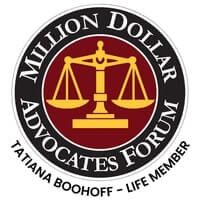


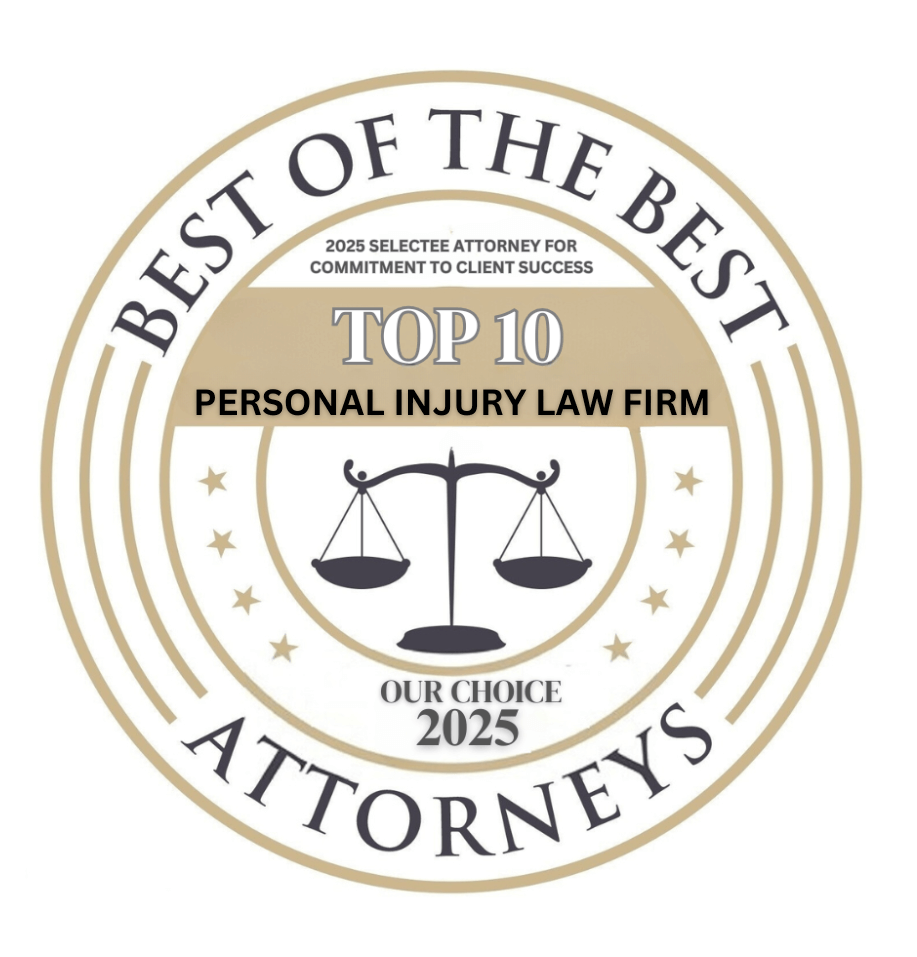
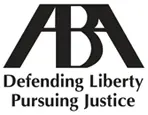
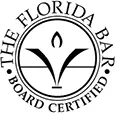





The information on this website is for general information purposes only. Nothing on this site should be taken as legal advice for any individual case or situation. This information is not intended to create, and receipt or viewing does not constitute, an attorney-client relationship.
available 24/7
(877) 999-9999
